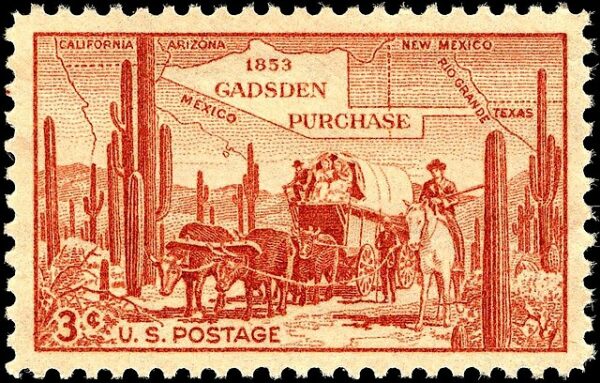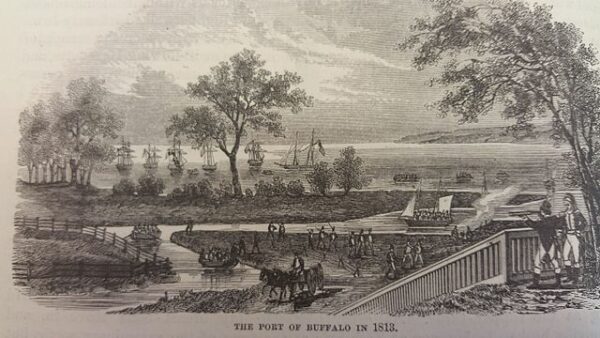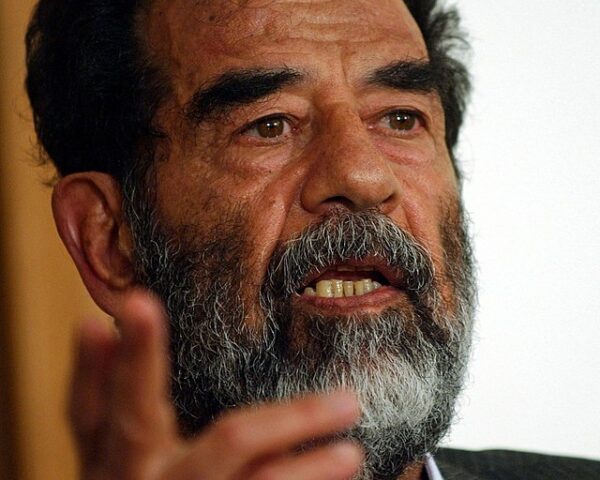The New York Draft Riots of 1863 were among the most violent and destructive events in the history of New York City. They occurred from July 13 to July 16, 1863, during a time of immense social, economic, and political turmoil in the United States. These riots were primarily a response to the implementation of the first federal draft in American history, which aimed to bolster Union forces during the Civil War.
The Civil War, which began in 1861, had already caused significant strain on both the Union and Confederate states. By 1863, the Union was in dire need of more soldiers. The Enrollment Act of 1863, passed by Congress, required all male citizens between the ages of 20 and 45 to register for the draft. This act allowed for exemptions, but at a steep price: men could avoid conscription by paying $300 (a substantial sum at the time) or by providing a substitute to serve in their place. This provision was seen as favoring the wealthy, who could afford to buy their way out of service, while the poor, particularly Irish immigrants and other working-class citizens, were left to bear the brunt of the war.
Tensions were already high in New York City due to a combination of economic hardship, racial animosity, and political divisions. The city was a melting pot of ethnicities, with a significant population of Irish immigrants who had fled the Great Famine. These immigrants often faced harsh living conditions and fierce competition for jobs, leading to resentment and frustration.
On the morning of July 13, 1863, these simmering tensions exploded into violence. The immediate catalyst was the first drawing of draft numbers, which took place on Saturday, July 11. By Monday, large crowds of angry citizens had gathered in protest. The situation quickly spiraled out of control as the protesters turned into rioters, attacking draft offices, government buildings, and symbols of authority.
The rioters’ anger was not only directed at the draft but also at African Americans, who were seen as the cause of the war and competition for jobs. Many rioters believed that emancipated slaves from the South would come to the North and take away their employment opportunities. This racial animosity led to horrific acts of violence against black residents. Homes and businesses owned by African Americans were looted and destroyed, and individuals were brutally beaten or lynched.
One of the most notorious incidents occurred at the Colored Orphan Asylum on Fifth Avenue, a refuge for black children. The rioters set the building on fire, forcing the children and staff to flee for their lives. Remarkably, the staff managed to evacuate all 233 children safely, but the building was completely destroyed.
The city’s police force, overwhelmed and outnumbered, struggled to contain the chaos. New York’s mayor, George Opdyke, called for federal assistance. President Abraham Lincoln, recognizing the severity of the situation, diverted several regiments of troops who had just fought at the Battle of Gettysburg to New York City. These soldiers, along with local police and militia, eventually managed to quell the riots, but not before significant damage was done.
By the time the riots ended on July 16, the city had suffered extensive property damage, with estimates running into millions of dollars. The official death toll was around 120, but the actual number was likely higher. Thousands of people were injured, and many African Americans fled the city in fear for their lives.
The New York Draft Riots had lasting repercussions. They exposed deep-seated racial and economic tensions and highlighted the challenges of implementing a national draft. The riots also underscored the divide between the rich and the poor and the volatile nature of urban populations during times of crisis.
In the aftermath, leaders made an effort to address some of the underlying issues. Charitable organizations and community officials worked to assist the displaced African American population, and there were calls for greater social reforms.






